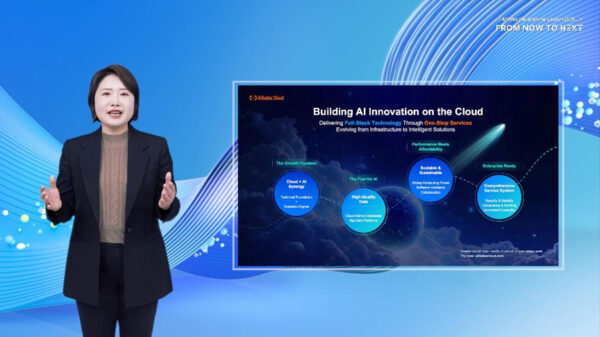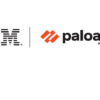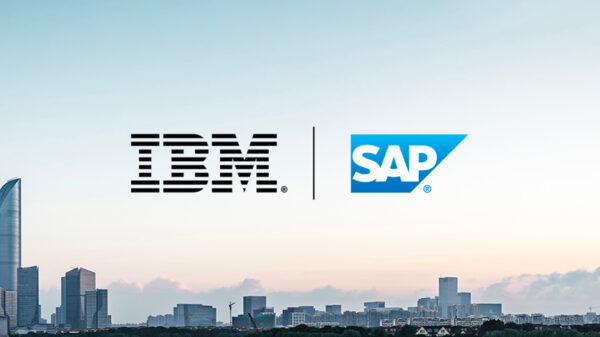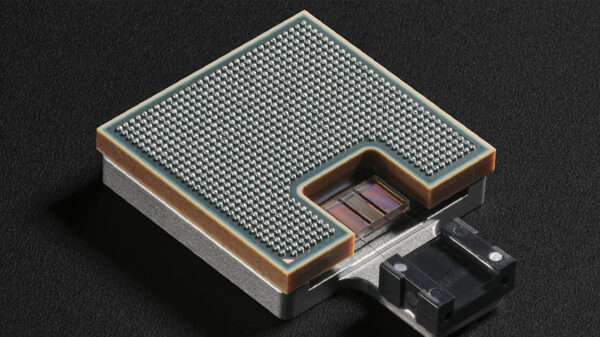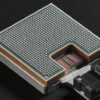IBM has unveiled the Series 6 generation of its System X x86-based servers. Ideal for virtualized environments and cloud-based services, the new servers are the first in the industry to house Flash storage in DIMM (Dual In-line Memory Module) slots, potentially improving the response times of enterprise applications.
The new systems designed under the architecture are the System x3850 X6 four-socket system, the System x3950 X6 eight-socket system and the IBM Flex System x880 scalable compute node.
Compared to previous generations, the X6 servers have a more modular design. Rajesh Viliyakath, ASEAN Brand Manager for IBM System x, explains that the processors and memory — along with their respective sockets — are located on removable modules, which IBM calls “books.” This will allow customers to upgrade processors and memory modules that require new types of sockets without replacing the chassis.
IBM estimates this modular approach can shave as much as 28 percent from hardware procurement costs.

The new systems designed under the X6 architecture are the (from left) IBM Flex System x880 scalable compute node, System x3950 X6 eight-socket system, and the System x3850 X6 four-socket system.
Rajesh adds that the eXFlash memory-channel Flash drives can be housed in standard DIMM slots. The slots sit close to the processor, so data can be transferred to and from the processor more quickly compared to the time it takes to ferry data between a processor and storage via a PCI bus, or using a remote storage array.
A server can host as much as 12.8 terabytes of Flash storage in its DIMM slots. Each server has 24 DDR3 DIMMs per socket, and can support up to 64GB of working memory.
For big data workloads, IBM will also offer the System x3650 M4 BD storage server, a two-socket rack server supporting up to 14 drives and able to manage up to 56 terabytes of storage.
In preliminary tests, IBM found that writing data to eXFlash DIMMs took five to 10 microseconds, compared to 15 to 19 microseconds to write that same data to PCIe-based Flash storage.
IBM also announced new solutions for its X6 architecture for analytics, database and cloud deployment, including IBM System x Solution for DB2 with BLU Acceleration on X6 for accelerating analytics, IBM System x Solution for SAP HANA on X6 for analytics, and System x Solution for VMware vCloud Suite on X6 for infrastructure-as-a-service capabilities.
The company also introduced the new FlashSystem 840. The new system provides nearly double the bandwidth and double the performance — 1.1M IOPS — of its predecessor, the FlashSystem 820 — making it ideally suited for analytical databases, virtualization infrastructures, and public and private clouds.
Supporting up to 48 terabytes of usable capacity in a 2U unit, the all-Flash array also features IBM MicroLatency technology that significantly speeds data access times from milliseconds to microseconds (less than 135 microseconds) giving organizations faster actionable insights from real-time data analytics. In addition, a new management GUI – as well as datacenter-optimized features such as hot-swap components and concurrent code load – enable fast installation and easy management.
Another new offering is the FlashSystem Enterprise Performance Solution, which bundles the FlashSystem 840 and IBM System Storage SAN Volume Controller (SVC) technology. The solution includes a suite of advanced data management features ranging from Real-time Compression, snapshots, thin provisioning, VAAI, and application aware copies, to FlashCopy, and storage virtualization with IBM Easy Tier.





